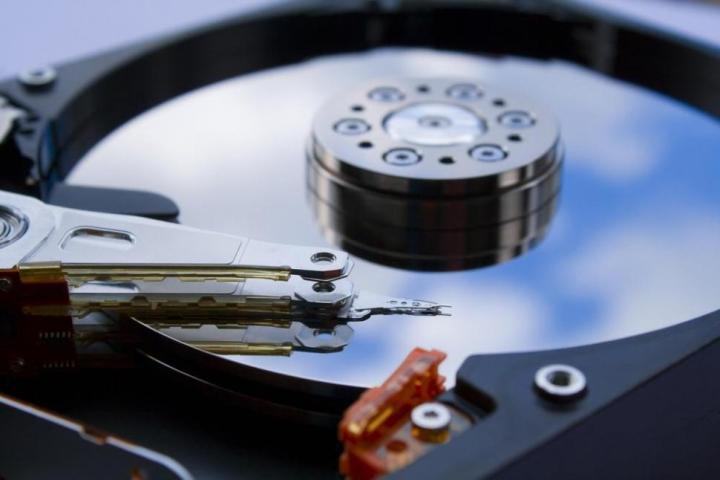
Hard drive platters are traditionally produced using aluminum substrates. While these substrates have enabled many modern advances in hard drive technology, glass substrates can be made with similar densities, but can be much thinner, leading to higher capacity storage drives. Hoya has already managed the creation of substrates as thin as 0.381mm, which is close to half the thickness of existing high-density drives.
In one cited example, an existing 12-terabyte drive from Western Digital was made up of eight platters. Hoya believes that by decreasing the thickness of the platters through its glass technology, it could fit as many as 12 inside a 3.5 inch hard drive casing. That would enable up to 18TB of storage space in a single drive (thanks Nikkei).
When that is blended with a technology known as “shingled magnetic recording,” 20TB should be perfectly achievable. While doing so would lead to an increased cost of the drive, Hoya doesn’t see that as problematic, suggesting that these sorts of mass-storage drives would be best used in data centers and other server settings, though some consumers may utilize them as backup drives.
Another advantage of utilizing glass over aluminum is its ability to handle high temperatures. Although hard drives are typically one of the cooler elements in a PC, heat-assisted magnetic recording could change that. With this process, minute areas are heated to as much as 700 degrees Celsius before writing, as that has a positive effect on write speed. Current aluminum substrates are only capable of standing up to 200 degrees.
These developments could go a long way toward keeping hard drives relevant in an industry that is increasingly dominated by solid state storage in its various form factors. While the newer, flash standard will retain its performance crown over its mechanical competition, it does seem likely that for mass storage, hard drives will retain their edge for the next few years at least.
Editors' Recommendations
- These 39-gram AR glasses have me excited for the future
- These AR glasses showed me the future of spatial computing — and I’m excited
- Micron’s new tiny 2TB SSD is bad news for laptop HDDs
- A new supply shortage is now hitting SSDs and hard drives
- What is a hard drive?




